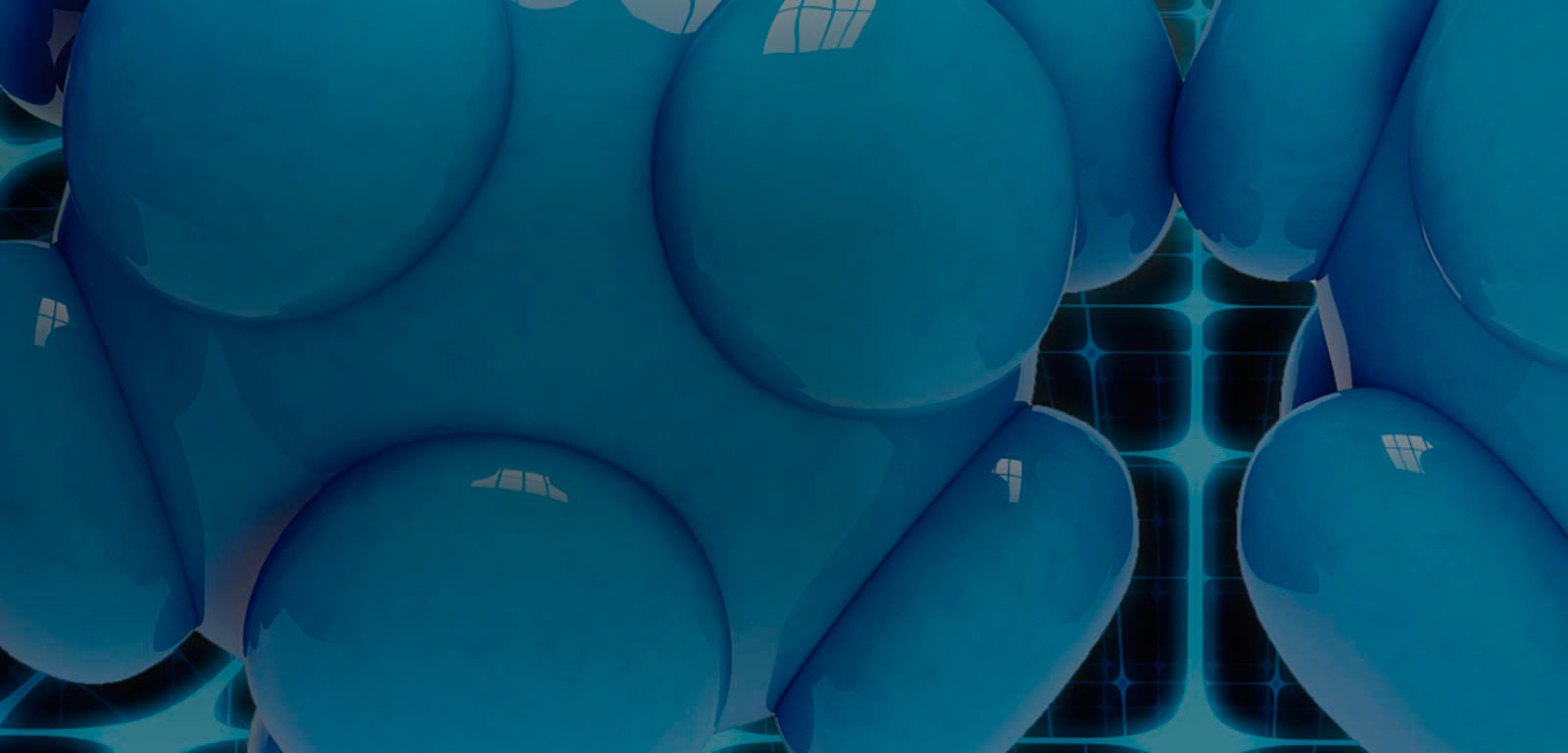Gaia
Nanozientziako Metodo Teoriko Aurreratuak
Gaiari buruzko datu orokorrak
- Modalitatea
- Ikasgelakoa
- Hizkuntza
- Ingelesa
Irakasgaiaren azalpena eta testuingurua
This subject provides the student with the knowledge necessary to understand and characterize the dynamics of the interaction between gas particles and metal surfaces. With this aim, the student will learn about the quantum description of diatomic molecules based on the Born Oppenheimer approximation, atomic and electronic structure of metal surfaces and the kind of interactions governing the adsorption of gas particles at metal surfaces.Additionally, the students will learn about the state of the art description of these processes by using abinitio codes as VASP and Quantum Expresso.
Irakasleak
| Izena | Erakundea | Kategoria | Doktorea | Irakaskuntza-profila | Arloa | Helbide elektronikoa |
|---|---|---|---|---|---|---|
| JUARISTI OLIDEN, JOSEBA IÑAKI | Euskal Herriko Unibertsitatea | Unibertsitateko Katedraduna | Doktorea | Elebiduna | Materia Kondentsatuaren Fisika | josebainaki.juaristi@ehu.eus |
| ALDUCIN OCHOA, MAITE | Centro de Física de Materiales CSIC | Besteak | Doktorea | |||
| GARCIA LEKUE, ARANTZAZU | DIPC-Donostia International Physic Center | Besteak | Doktorea | wmbgalea@ehu.eus |
Gaitasunak
| Izena | Pisua |
|---|---|
| . | 50.0 % |
| Que el estudiante adquiera conocimientos avanzados acerca de los métodos teóricos utilizados para describir diversos fenómenos que tienen lugar en los nanomateriales | 50.0 % |
Irakaskuntza motak
| Mota | Ikasgelako orduak | Ikasgelaz kanpoko orduak | Orduak guztira |
|---|---|---|---|
| Magistrala | 15 | 30 | 45 |
| Gelako p. | 15 | 15 | 30 |
Irakaskuntza motak
| Izena | Orduak | Ikasgelako orduen ehunekoa |
|---|---|---|
| Eskola magistralak | 10.0 | 100 % |
| Ordenagailuko praktikak | 20.0 | 100 % |
Ebaluazio-sistemak
| Izena | Gutxieneko ponderazioa | Gehieneko ponderazioa |
|---|---|---|
| Otras Evaluaciones | 100.0 % | 100.0 % |
Ohiko deialdia: orientazioak eta uko egitea
The student will have to deliver in due time (typically 15 days after the end of the lectures) the solution to a list of problems covering both the theoretical part and the practical (computational) part of the subject.In case the student does not deliver the solution to the list of problems, he/she will be considered as not presented.
Ezohiko deialdia: orientazioak eta uko egitea
The student will have to deliver in due time (typically one month after the ordinary call) the solution to a list of problems covering both the theoretical part and the practical (computational) part of the subject.In case the student does not deliver the solution to the list of problems, he/she will be considered as not presented.
Irakasgai-zerrenda
Lecture 1 INTRODUCTION: SURFACE CHEMISTRY AND HETEROGENEOUS CATALYSISLecture 2 MOLECULAR STRUCTURE
Lecture 3 ELECTRONIC AND STRUCTURAL PROPERTIES OF SURFACES
Lecture 4 ELEMENTARY CHEMICAL PROCESSES AT SURFACES
Lecture 5 KINETIC MODELING OF PROCESSES AT SURFACES
Lecture 6 POTENTIAL ENERGY SURFACES
Lecture 7 THEORY OF GAS/SURFACE DYNAMICS
Lecture 8 COMPUTATIONAL METHODS TO SIMULATE GAS/SURFACE DYNAMICS
Bibliografia
Oinarrizko bibliografia
B. H. BRANSDEN AND C. J. JOACHAIM, ¿PHYSICS OF ATOMS AND MOLECULES¿, ED. LONGMAN.JENS. P. DAHL, ¿INTRODUCTION TO THE QUANTUM WORLD OF ATOMS AND MOLECULES¿ WORLD SCIENTIFIC.
A. ZANGWILL, ¿PHYSICS AT SURFACES¿, CAMBRIDGE UNIVERSITY PRESS.
A. GROSS, ¿THEORETICAL SURFACE ANALYSIS: A MICROSCOPIC PERSPECTIVE¿, SPRINGER.
G. A. SAMORJAI, ¿INTRODUCTION TO SURFACE CHEMISTRY AND CATALYSIS¿, JOHN WILEY AND SONS.
N. BORTOLAMI, N. H. MARCH, AND M. P. TOSI, ¿INTERACTION OF ATOMS AND MOLECULES WITH SOLID SURFACES¿, PLENUM PRESS


